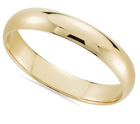 Algerian bride is literally covered with gold and gems: her dress and veil are embellished with gold embroidery; her neck, chest, and belly are covered with gold jewelry, pearls, and precious stones; and on top of that all, she is wrapped in a golden hand-woven silk veil that covers her face and body from evil eyes. It really is a magnificent view – the Algerian wedding ceremony. I guess, any bride would be happy to shine as brightly as these women.
Algerian bride is literally covered with gold and gems: her dress and veil are embellished with gold embroidery; her neck, chest, and belly are covered with gold jewelry, pearls, and precious stones; and on top of that all, she is wrapped in a golden hand-woven silk veil that covers her face and body from evil eyes. It really is a magnificent view – the Algerian wedding ceremony. I guess, any bride would be happy to shine as brightly as these women.
The traditional bridal costume in Algeria is called “lebset el-arftan” (it means the “caftan dress”). It is famous for the rituals and ceremonial practices related to it. The lebset el-arftan is a symbiosis of the Berber-Amazigh, the Roman, the Arabic, the Andalusian, and the Ottoman cultural heritage. The art of making this wedding dress requires the skills of many craftsmen from different fields, such as embroidery, silk weaving, and jewelry making.
The art of making Algerian wedding dresses
Algerian jewelers are world famous because they produce baroque pearl necklaces, hair decorations, earrings, and all kinds of jewels used by Algerian brides. These jewelry pieces are essential to protect symbolically the bride's head and chest. That’s why there are plenty of adornments on Algerian brides.
“We still work with the knowledge we inherited from our grandfathers and fathers. The khorsa earring is made with the same ancient technique. We create new designs every time, but in the same traditional concept”, narrates Baba Hmed Ilyes, Algerian jewelry maker.
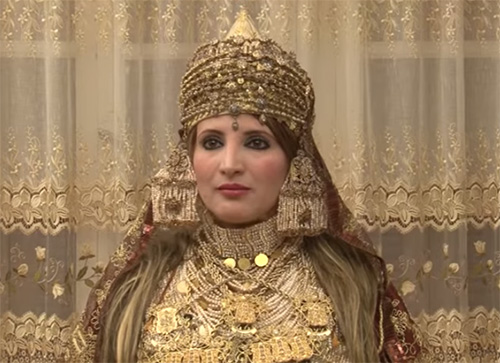
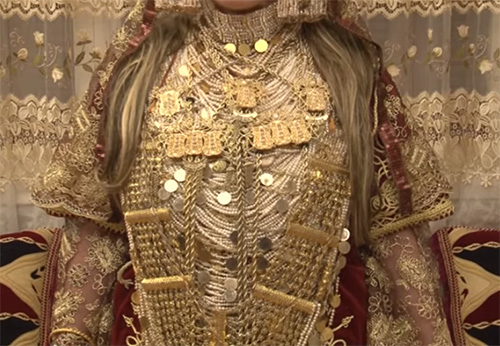
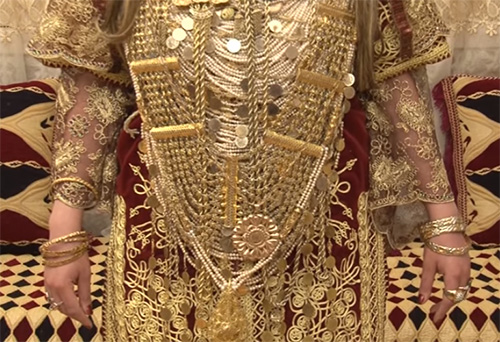
The silk weaver uses a traditional weaving loom to make striped silks with golden and silver threads combined with colorful silk threads. This very special folk textile (the art of making it is known since Medieval times) is called “mejboud” and is used to produce pieces of fabric that play a major role in the wedding ritual of Algeria. Many parts of a bridal attire – blouza dress, silk belt, bridal veil, ritual cloth wrapped over the caftan – are all woven following this medieval technique of silk weaving.
“The ceremonial “mendil” headscarf is finished with silk fringes. Women learn this craft. Our parents used to do it for ages. The fringed headscarf goes with the headdress of the caftan costume”, comments Mohamedi Mohamed, silk weaver from Algeria.
If to talk about the artisans who decorate Algerian wedding dress (usually, a velvet caftan) with embroidery, they combine old traditional patterns that have antique symbolic significance with arabesques and volumes, reinvented every season.
“These are the ancient embroidery patterns of the velvet caftan. The Tlemcen bride leaves her father’s home wearing the caftan. The first step of the process is the embroidery pattern making”, says Nassim Faredheb, Algerian embroidery designer.
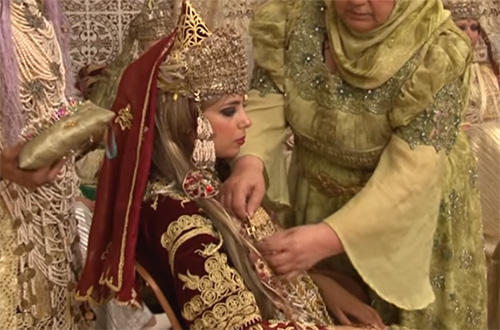
The embroiderers follow the patterns and apply them on the velvet of the outfit with a special technique called “fetla”.
“Since ancient times, we make the bride’s caftan for the ritual of leaving the family’s home. The bride wears her mensouj silk, her garments, her fouta wrapped cloth, her hzem belt, her chechiya headgear, and her gold jewels, before she leaves. When we embroider this element, we fold it and sew it. It is worn on the bride’s head, with the caftan costume”, adds Benzerhouni Sidi Mouhamed, the embroider.
Another embroidery technique is used to embellish the traditional conical hat called “chechiya”. This technique has a name “Mejboud”.
The ceremonial practices and craft activities linked to the bride's costume are deeply intertwined. Older artisans do their best to pass over their knowledge to their sons. But it is not enough today. There opened several professional schools and institutes that work to preserve the skills of Algerian craftsmen and teach the young generation.
Wedding is the central event of community life in Algeria
In Algeria, wedding is the most central event of community life. It is the most important event in every village or town. And the wedding outfit of a bride – lebset el-arftan – is a symbol of the wedding celebration. The bridal outfit is not only beautiful and breathtaking but it also has a symbolic functions. Each little detail of a dress and each accessory or attribute, such as henna, gold, pearls, spangles, red stones, and other elements are believed to have the power to chase away demons. These items are passed down from one generation to the other. And even if the family isn’t rich and they don’t possess all the needed pieces, the bride still has a chance to use them for her wedding. Because those people who cannot afford such costly accessories and jewels, can always hire or borrow them.
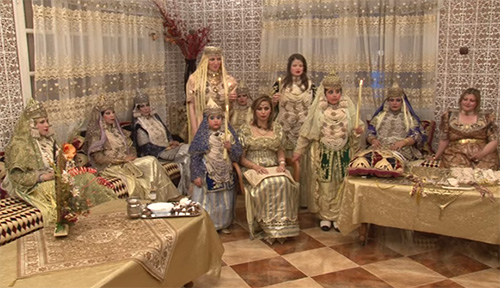
When the bride is dressed properly for the wedding, she leaves her family home wrapped in a very beautiful golden hand-woven silk veil.
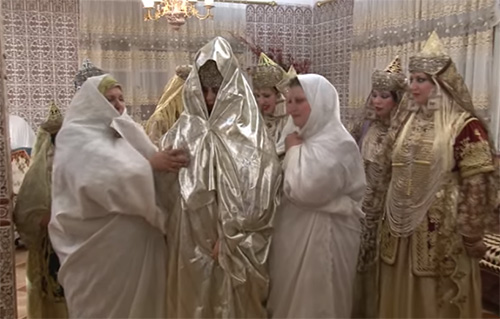
The wedding ceremony starts with the make-up ritual – one of the bride's aunts draws red and silver circles on the bride’s cheeks. These symbolic circles complete the costume and strengthen the protection against magic spirits that could do her harm in her future life as a married woman.
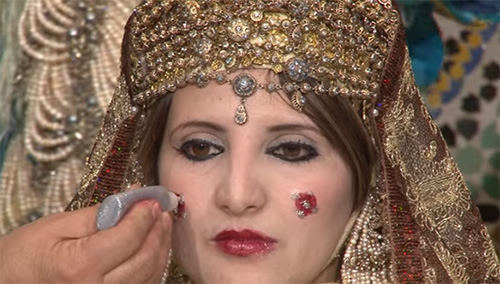
In modern days, wedding festivities are held in top hotels and public halls. Love, exaltation, and luxury is in the air.
